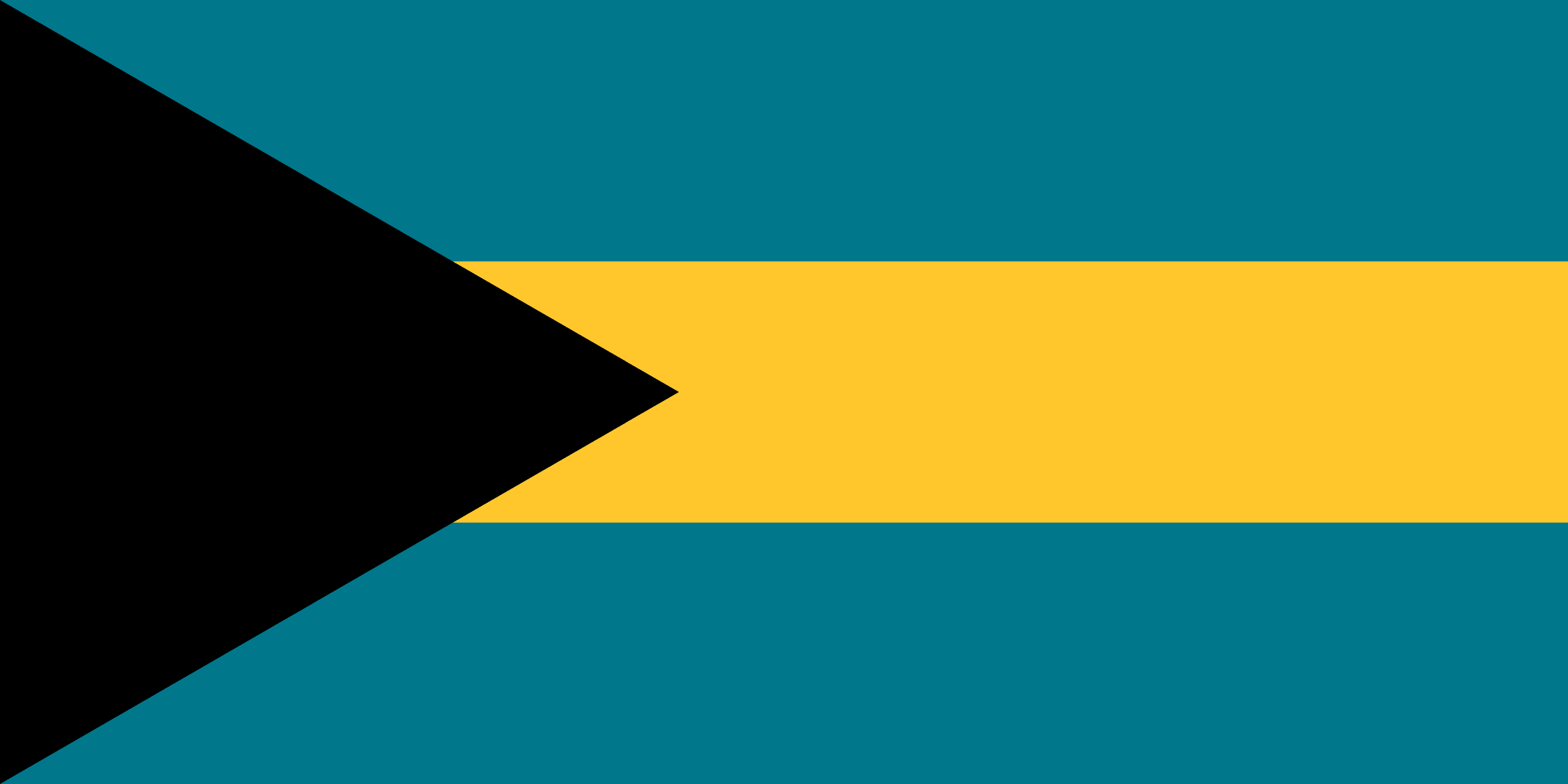The flag of the Bahamas is a distinctive and meaningful national symbol that reflects the history, culture, and aspirations of this island nation in the Caribbean. Let’s explore the Bahamas flag in detail, covering its colors, meaning, designer, and significance.
The Bahamas flag carries a deep sense of pride and identity for the Bahamian people. It symbolizes the nation’s natural beauty, its dependence on the sea, and its aspirations for a bright and prosperous future as an independent nation. The flag is flown proudly at government buildings, schools, and public events, serving as a powerful symbol of Bahamian unity and sovereignty.
Additionally, the Bahamas flag is a representation of the country’s commitment to democracy, self-determination, and national pride. It serves as a reminder of the long journey from colonial rule to independence and the unique cultural heritage of the Bahamian people.
In summary, the Bahamas flag, with its aquamarine and yellow stripes, is a beautiful and meaningful emblem that encapsulates the essence of this Caribbean nation. It reflects the importance of the sea, the warmth of the sun, and the nation’s journey towards independence and self-determination. Designed by Sir Hervis Bain, it stands as a symbol of Bahamian identity and national pride.
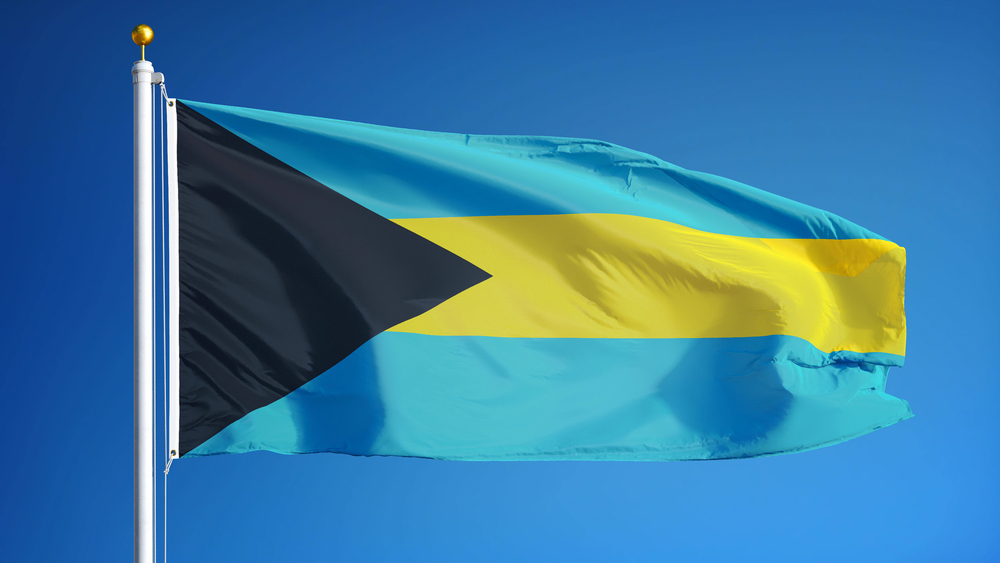
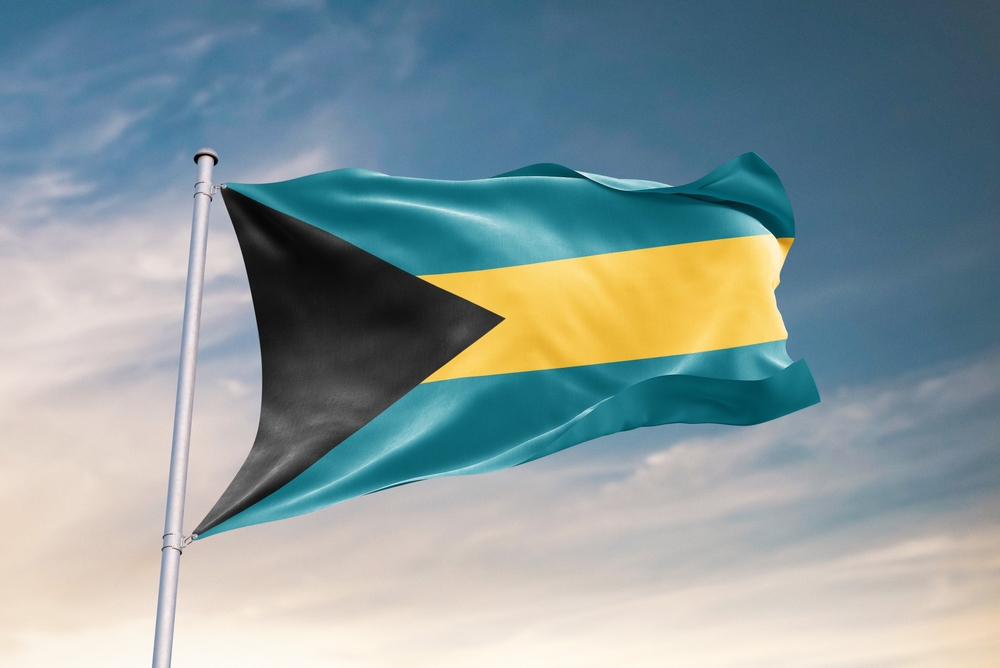
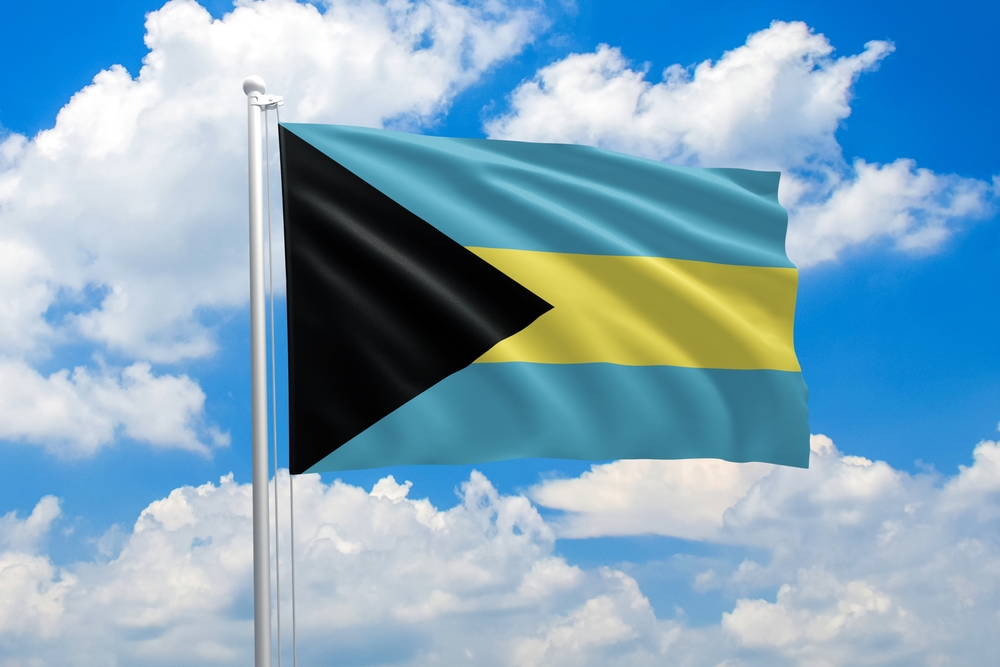
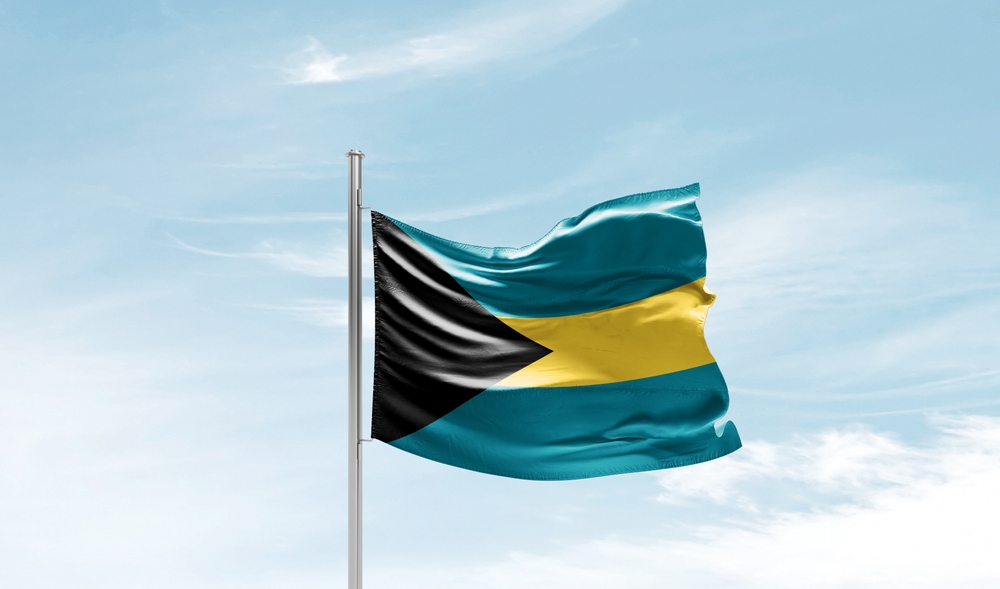
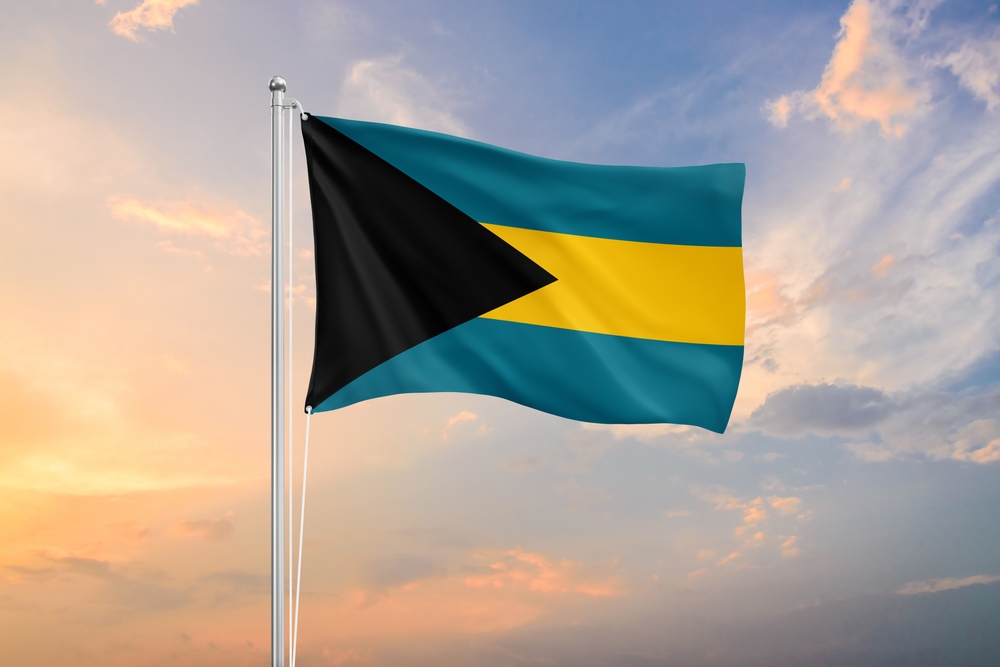
What do the colors on the Bahamas flag represent?
The flag of the Bahamas consists of three horizontal stripes of equal width, with aquamarine (turquoise) at the top and bottom and a larger yellow stripe in the middle. These colors have specific symbolism:
- Aquamarine (Turquoise): The aquamarine stripes on the top and bottom represent the clear blue waters of the Bahamas, which are renowned for their stunning beauty and crystal-clear clarity. This color choice reflects the nation’s strong connection to the surrounding ocean.
- Yellow: The yellow stripe in the middle symbolizes the golden sands of the Bahamas’ numerous beaches and the bright and sunny climate of the islands.
What is the history of the Bahamas flag?
The history of the Bahamas flag is closely tied to the country’s path to independence from British colonial rule. The flag of the Bahamas has evolved over time, and its current design was officially adopted in 1973 when the Bahamas gained independence from the United Kingdom.
Here is a chronological overview of the history of the Bahamas flag:
1. Colonial Flags: Prior to independence, the Bahamas was a British colony. The flag of the Bahamas during this colonial period featured the Union Jack (the flag of the United Kingdom) in the canton (upper left corner) and a British Blue Ensign with the badge of the Bahamas in the fly (the right half of the flag). The badge consisted of a palm tree, a white sandy beach, and a British ship.
2. The Pre-Independence Flag (1964-1973): As the Bahamas moved closer to self-government and eventual independence, a new flag was introduced in 1964. This flag retained the Union Jack in the canton but replaced the British Blue Ensign with a field of three horizontal stripes. The top and bottom stripes were aquamarine (turquoise), representing the ocean, while the middle stripe was yellow, symbolizing the sandy beaches. This flag symbolized the transition towards self-governance.
3. Independence and the Current Flag (1973-Present): On July 10, 1973, the Bahamas officially gained independence from the United Kingdom and became a sovereign nation. To mark this historic occasion, a new national flag was adopted. This is the current flag of the Bahamas, featuring three horizontal stripes: two aquamarine (turquoise) stripes at the top and bottom and a larger yellow stripe in the middle. The Union Jack was removed from the canton, signifying the end of British colonial rule. The flag was designed by Bahamian artist Sir Hervis Bain, who won a national competition to create the flag.
The current flag’s design represents the clear blue waters of the Bahamas, which are world-renowned for their beauty, and the golden sandy beaches that attract tourists from around the globe. It symbolizes the nation’s natural resources, climate, and its identity as an independent and sovereign country.
Since gaining independence, the Bahamas flag has become a cherished national symbol, representing the country’s unique culture, heritage, and its journey to self-determination. It is flown proudly throughout the country and at international events, serving as a powerful emblem of Bahamian identity and pride.
What is the meaning of the black triangle on the Bahamas flag?
The black triangle on the Bahamas flag represents the unity and determination of the Bahamian people.
How many stars are on the Bahamas flag and what do they represent?
There are three stars on the Bahamas flag, which represent the three main islands of the Bahamas: Grand Bahama, Abaco, and Eleuthera.
Who designed the Bahamas flag?
The Bahamas flag was designed by a Bahamian artist named Sir Hervis Bain. He was selected through a national competition held in 1971, just prior to the country gaining independence from the United Kingdom. The winning design, created by Bain, was officially adopted as the national flag on July 10, 1973, when the Bahamas became an independent nation.
What is the size ratio of the stripes on the Bahamas flag?
The stripes on the Bahamas flag are in a ratio of 1:2:1.
What is the significance of the aquamarine color on the Bahamas flag?
The aquamarine color on the Bahamas flag represents the waters surrounding the Bahamas.
Has the design of the Bahamas flag ever been changed?
The design of the Bahamas flag has not been changed since its adoption in 1973.
What is the protocol for displaying the Bahamas flag?
The Bahamas flag should be flown from sunrise to sunset and should not touch the ground or be flown in a tattered condition.
What other countries have a similar flag design to the Bahamas?
The flag of Liberia has a similar design to the Bahamas flag, with the exception of the number of stripes and stars.
